Easy boiled egg recipes
“You can’t even boil an egg,” is probably one of the worst insults to give a chef. While boiled eggs might seem like the easiest thing to cook, it’s much harder than simply soaking a couple of eggs in a pot of water. In this last part of our guide to cooking eggs, where we previously covered scrambled and omelettes, we will talk about boiled egg recipes.
The water level is the only rule that needs to be religiously followed with boiled eggs. Always make sure that the eggs remain submerged in water while leaving extra volume for evaporation. This ensures that the eggs get cooked evenly and consistently all the time.
Easy Scrambled Egg Recipes For Creamy And Fluffy Eggs That Beginners Can Cook
1. Soft-boiled Eggs
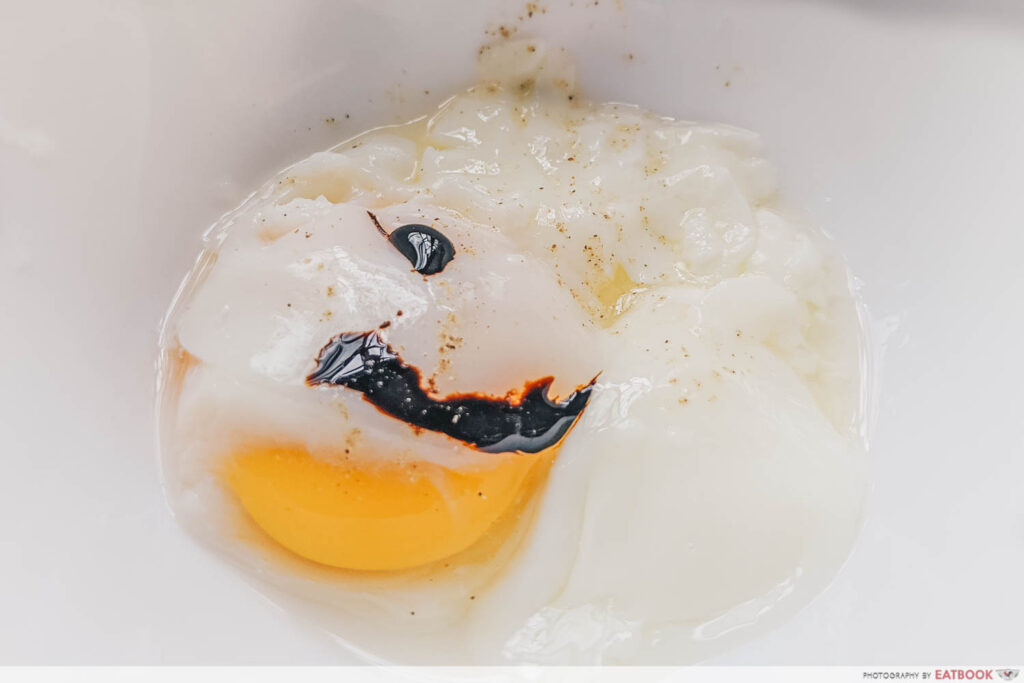
A breakfast favourite among the young and old, soft-boiled eggs are not only nutritious but delicious as well. When cooked properly, they should have fully set whites with a liquidy yolk that oozes out beautifully. Using chilled eggs will make the whites cook faster than the insides, making it great in preventing the yolks from being overly solid.
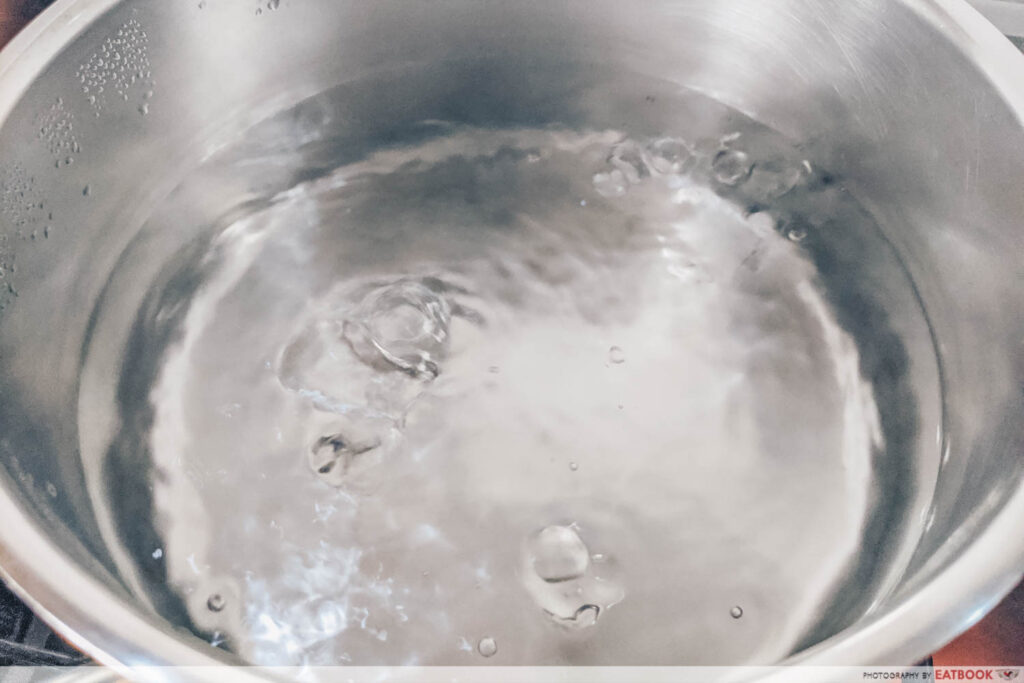
Start by bringing a pot of water to boil. To make sure that you’re using enough water, place the eggs inside the pot, fill the pot so that the water covers the egg, and then remove the eggs again.
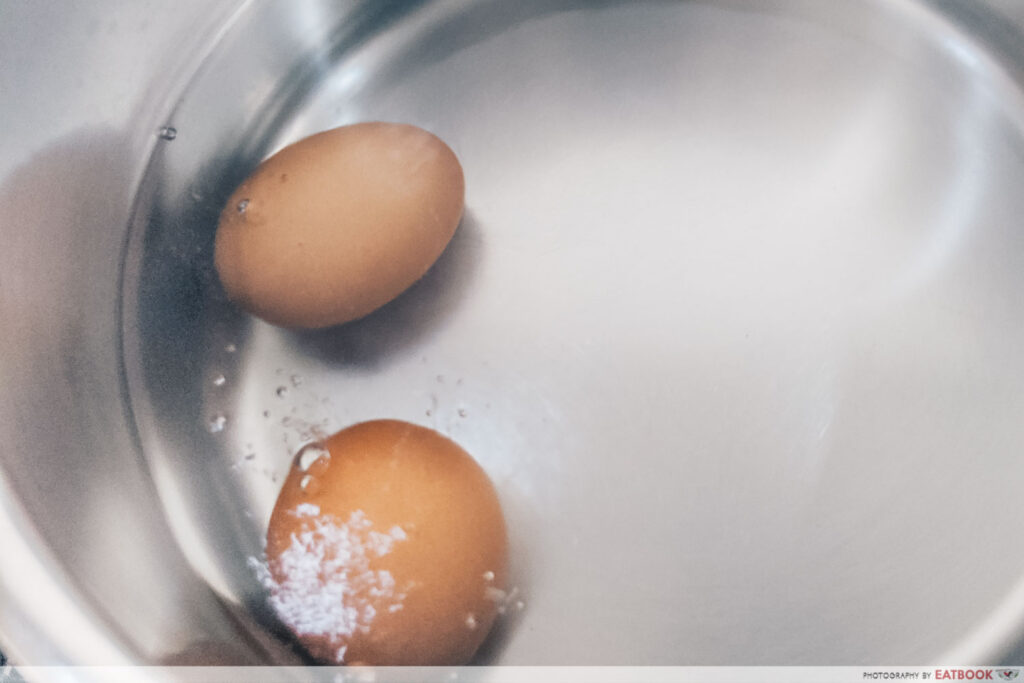
When the water is boiling, reduce the heat to a simmer and add in cold eggs.
After adding the eggs, remove the pot from heat and cover with a lid. This seals in the heat, making sure that the eggs cook in a gentle manner. Leave them inside for six minutes.
Remove the eggs from the pot and crack them into a clear bowl. Feel free to season the eggs with dark soya sauce and white pepper.
Yield: Serves 1
Cooking time: 10 minutes
Ingredients:
2 eggs, chilled
Water, enough to cover eggs by 3cm
Soya sauce, to taste
White pepper, to taste
Directions:
- Fill a pot with water and bring to a boil.
- When the water is boiling rapidly, reduce it to a simmer and add in the cold eggs.
- Cover the pot with a lid, remove from heat, and set the timer for six minutes.
- After six minutes, remove the eggs from the pot and crack them into a bowl. Serve immediately and season with dark soya sauce and white pepper to taste.
2. Hard-boiled Eggs
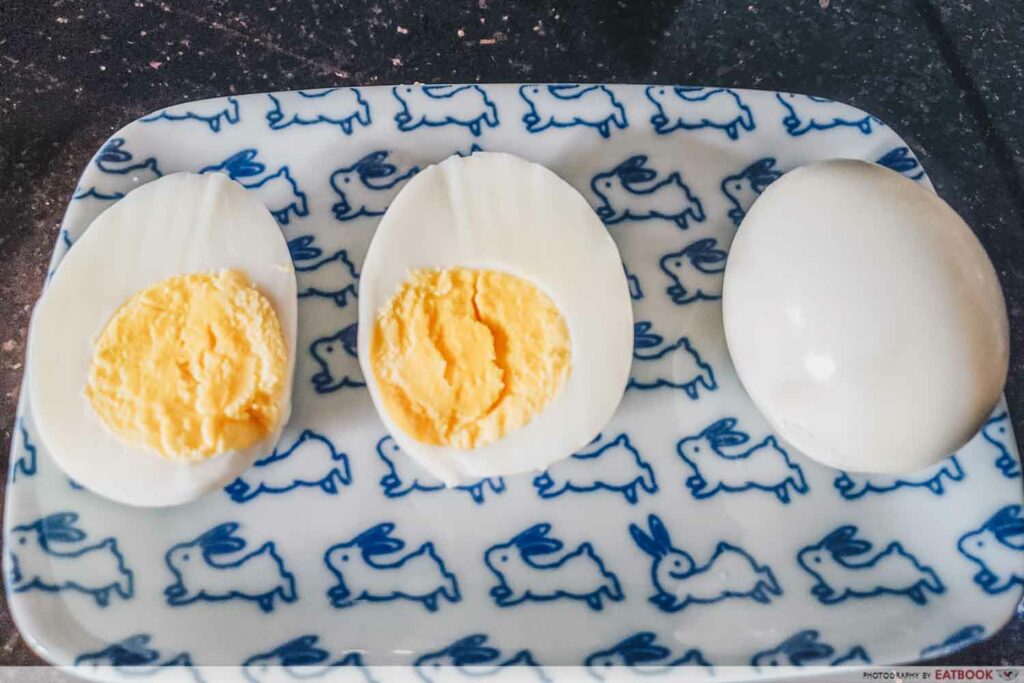
Contrary to its name, hard-boiled eggs should technically be cooked at a gentle simmer. This prevents the egg from cracking while also making sure that they do not overcook. An overcooked hard-boiled egg comes with a greenish-yellow ring that surrounds its yolk. This gives an unpleasant rotten-egg odour which you don’t want to wish on your worst enemy.
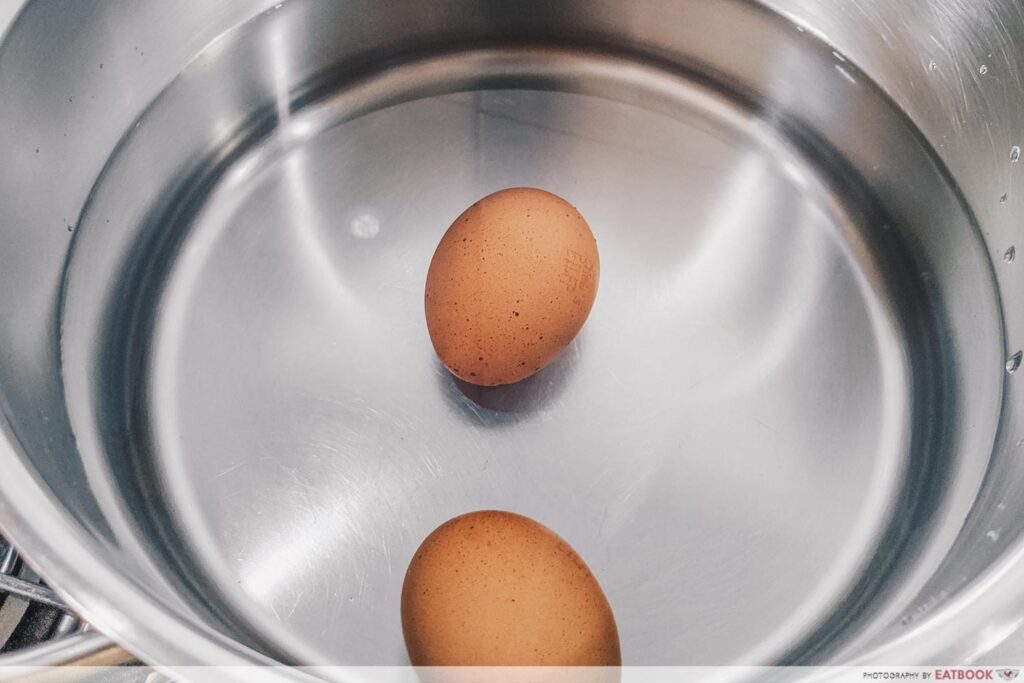
Start by placing the eggs in a pot of room temperature water. Bring it up to a boil and lower the heat to a gentle simmer.

Cook the eggs over a simmer for 12 minutes. There’s no need to stir the eggs around, just let them sit around for a light soak in hot water.
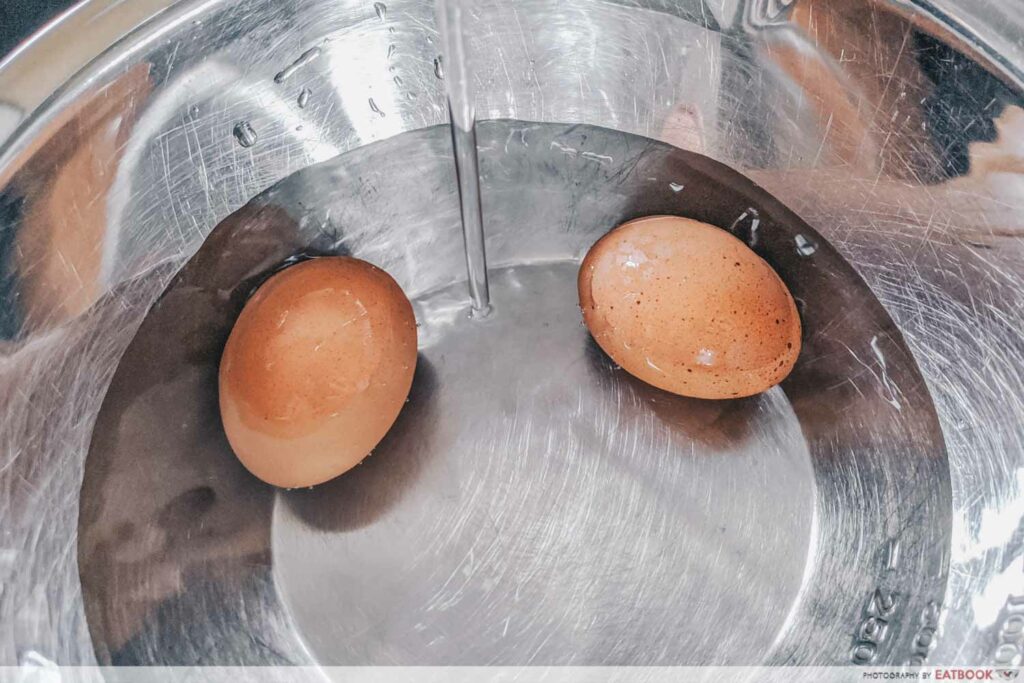
Remove the eggs from the pot, and run them under cold water until they’re cold enough to handle. Eggs are easiest to peel when warm, so it’s a good idea to start peeling them after they’ve cooled down slightly.
You can choose to enjoy the hard-boiled eggs by themselves or to mash them up with a few squirts of mayonnaise for a tasty egg sandwich. Properly cooked hard-boiled eggs should have firm whites and a bright-yellow yolk that does not crumble easily.
Yield: Serves 1
Cooking time: 15 minutes
Ingredients:
2 eggs, room temperature
Water, enough to cover eggs by 3cm
Directions:
- Fill a pot with water, add the eggs, and bring the pot to a boil.
- Lower the heat to a simmer and set the timer for 12 minutes.
- After 12 minutes, remove the eggs from the pot and run them under cold water until they’re cool enough to handle.
- Peel eggs immediately.
3. Poached Eggs
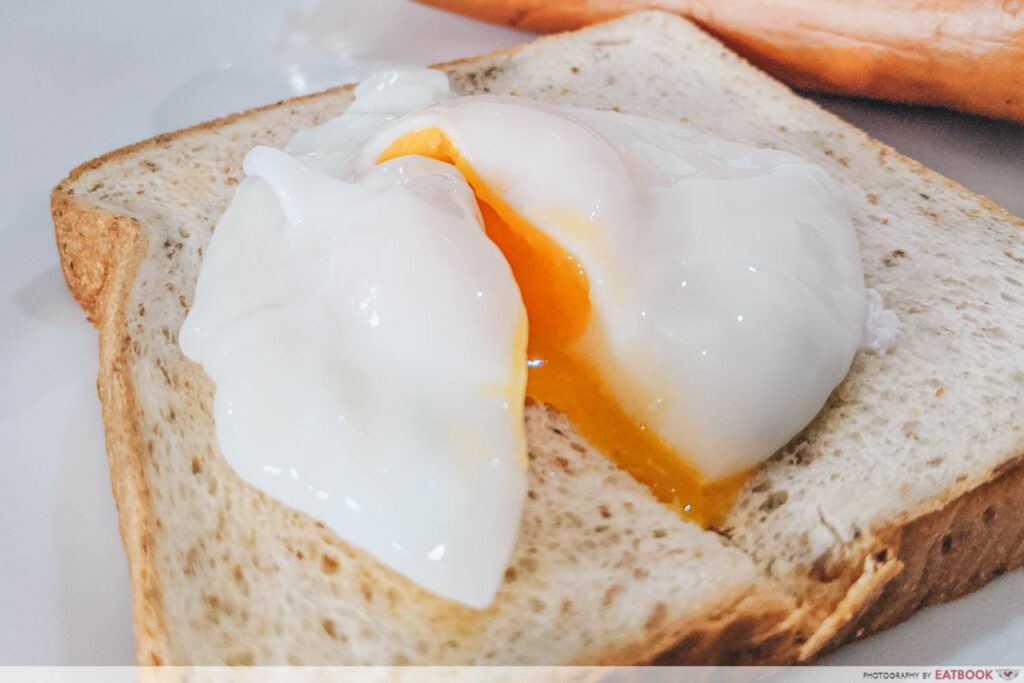
I’m always amazed by how cafes can charge an exorbitant fee for poached eggs. Poached eggs are essentially eggs that are boiled without their shell. They’re not difficult to make and are even easier when prepared using Heston Blumenthal’s technique.
His technique of cracking an egg through a fine strainer removes any loose egg whites, which would otherwise cause the egg to separate during the cooking process. This elegant technique also does without vinegar and the need to swirl the water before adding the eggs.
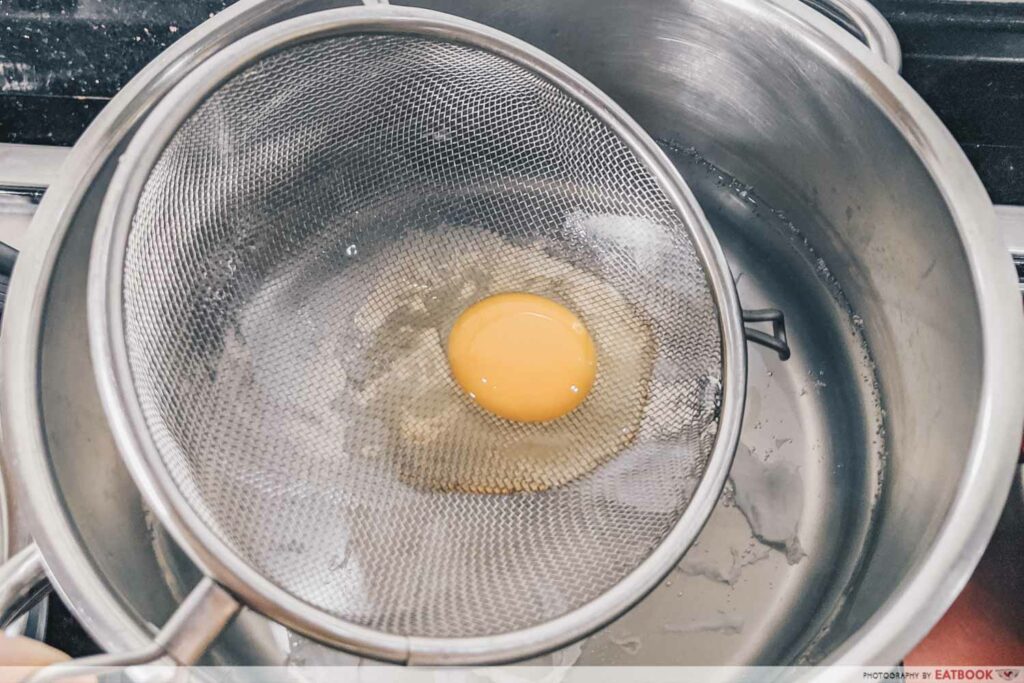
Crack an egg through a fine strainer to remove any loose egg white bits. No matter how fresh the eggs are, there ought to be a couple of loose egg white bits. This is especially true for store-bought eggs.
Gently lower the strainer into a pot of barely simmering water. Move the egg around as it cooks, but be very careful not to poke it.
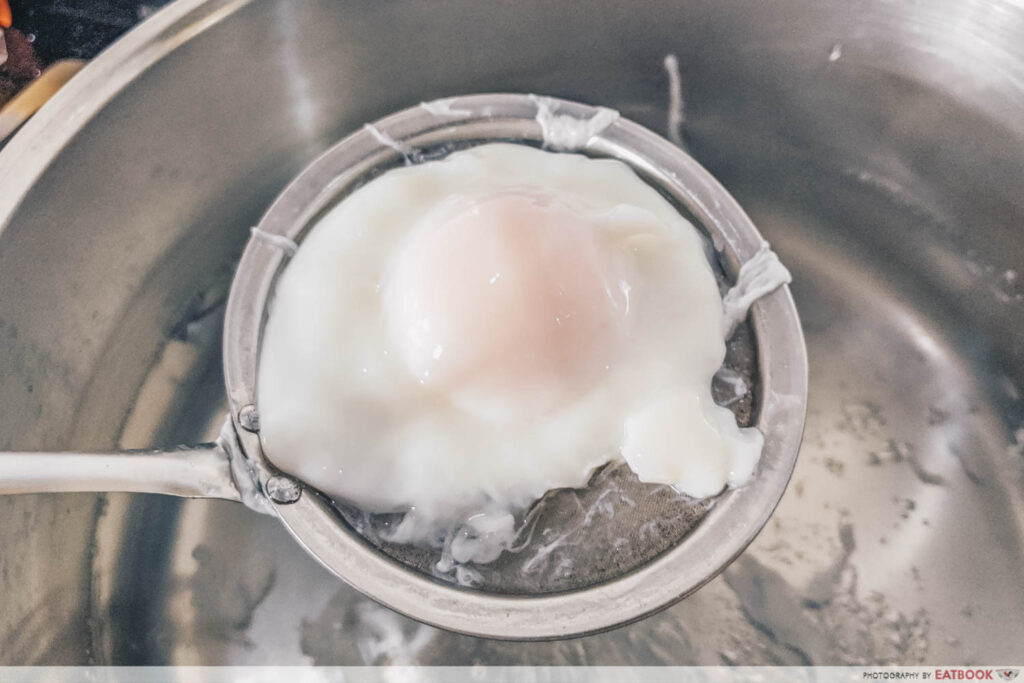
The egg is ready to be removed when it’s nice and solid without any loose egg white bits. This should take around four minutes.
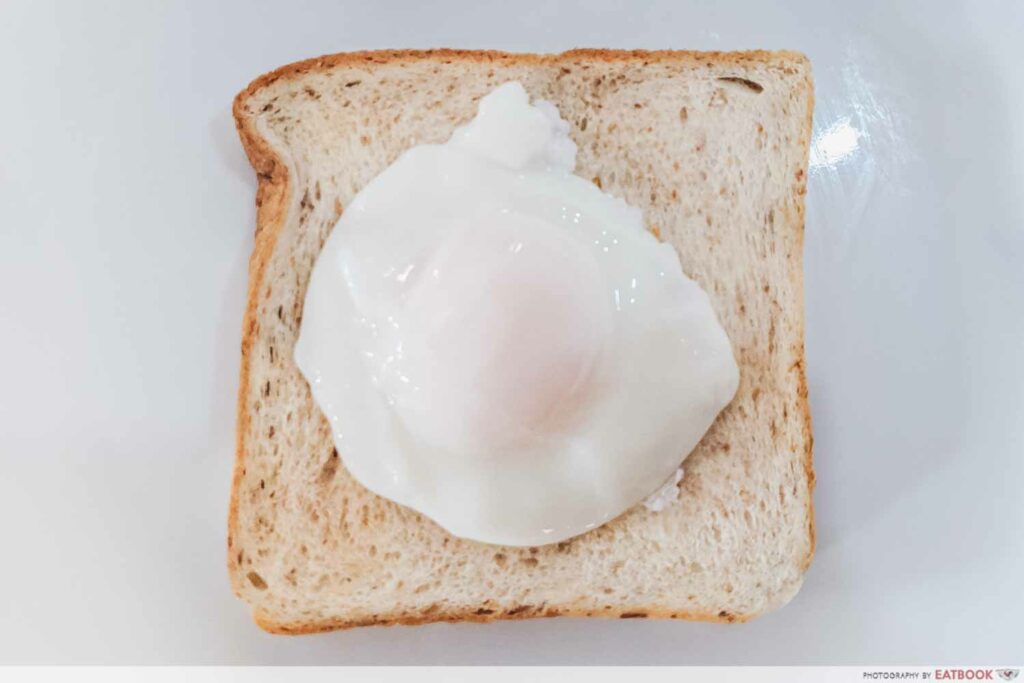
Choose to enjoy the egg on a nice piece of freshly toasted bread, or jazz everything up by pairing it with an English muffin and Hollandaise sauce for Eggs Benedict.
Yield: Serves 2
Cooking time: 10 minutes
Ingredients:
2 eggs, room temperature
Water, enough to cover eggs by 3cm
Directions:
- Fill a pot with water and bring it to a boil. Lower the heat to a bare simmer.
- Crack the eggs individually into a fine strainer to remove the loose egg whites. Gently lower the cracked egg into the pot of water.
- Move the eggs around as they cook. The eggs are ready to be removed from the pot when their whites are solid. This should take four minutes.
- Serve immediately on toasted bread.
4. Ramen Eggs (Ajitsuke Tamago)
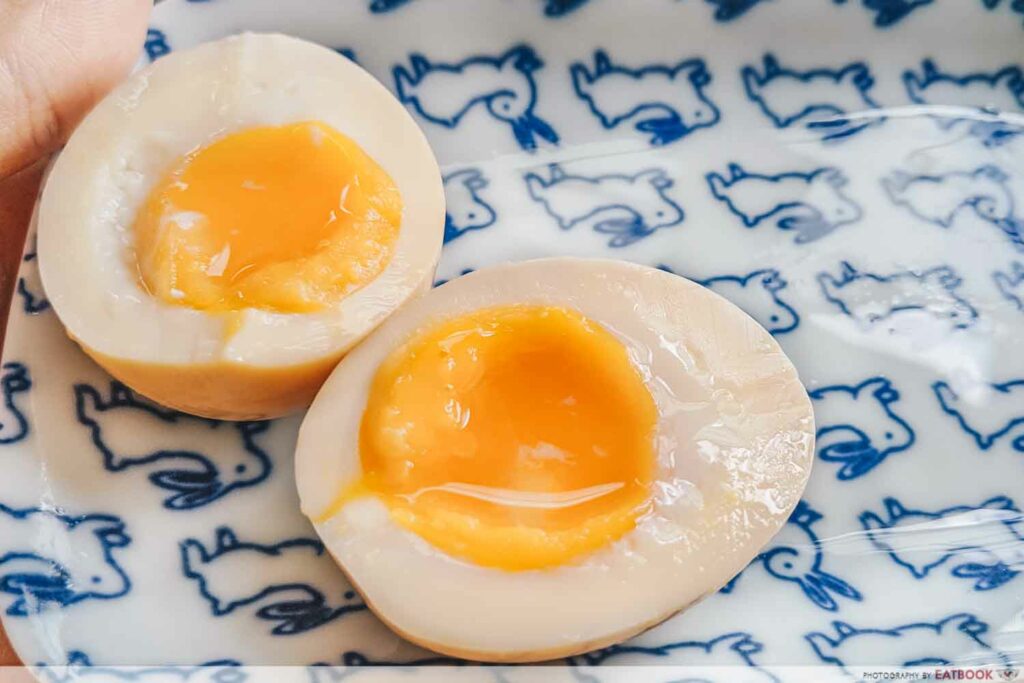
Ramen eggs or Ajitsuke Tamago are ubiquitous in every ramen house. They add a certain element of richness to the dish and complement the rich broth beautifully. The eggs taste better when they undergo a curing process, which involves marinating the eggs in a salty and sweet solution. Over time, the egg absorbs the tasty curing solution, while also having its texture altered. The end product is a boiled egg that has a creamy dark-yellow yolk and firm white that gives an additional layered texture.

Start by filling a pot with water and bringing it to a boil. Reduce the heat to a simmer. Similar to soft-boiled eggs, place cold eggs into the water and set the timer for six minutes once the water begins to simmer.

After six minutes, transfer the eggs to an ice bath and continue to soak for another six minutes. This stops the cooking process, ensuring that the eggs are cooked in a consistent manner.
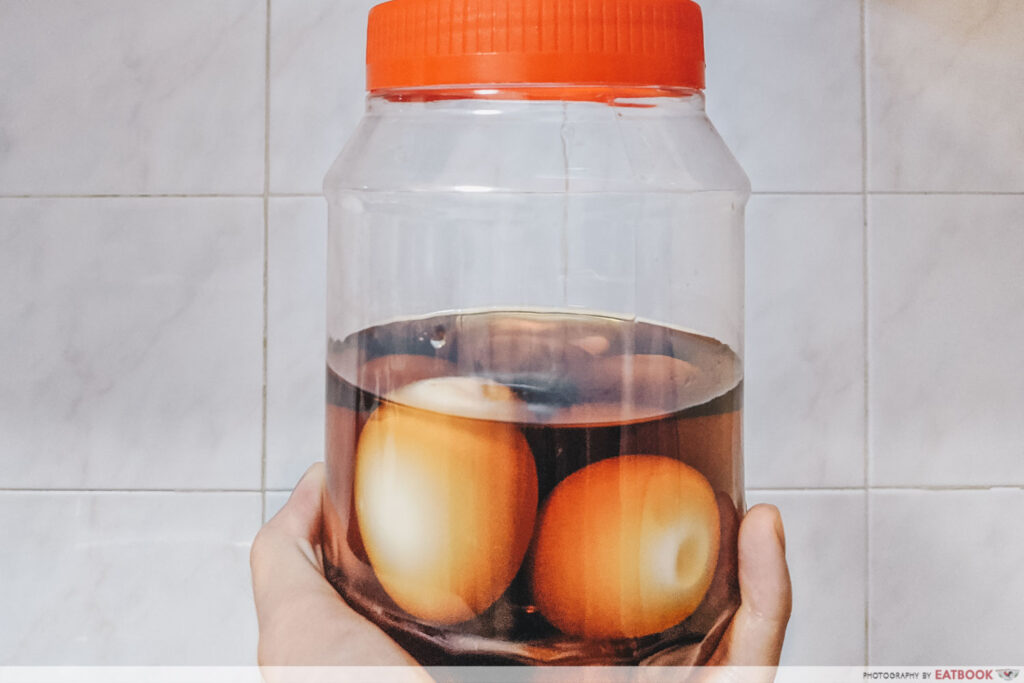
Peel the eggs and place them in a deep container. Next, add in shoyu, mirin or sugar, and water to the container. These three ingredients are our curing solution, which will accompany the egg as it sits in the refrigerator for the next 72 hours. If the liquid is not enough to cover the eggs, feel free to add more water. You can be a little impatient and eat the eggs after 24 hours, but 72 hours is the best result for perfectly cured eggs.
Fish the eggs out of the container and serve them atop your own ramen noodles or instant noodles if you’re feeling lazy. The eggs can be cured for a maximum of four days, so be sure to remove them from the fridge by then.
Yield: Serves 5
Cooking time: 15 minutes
Ingredients:
5 eggs, room temperature
Water, enough to cover eggs by 3cm
3 tbsp shoyu (Japanese soy sauce)
3 tbsp mirin or sugar
400ml water
Directions:
- Fill a pot with water and bring it to a boil.
- Lower the heat to a simmer and add in the cold eggs. Wait till the water begins to simmer before setting the timer for six minutes.
- After six minutes, remove the eggs from the pot and soak them in an ice bath for another six minutes.
- Peel the eggs and place them in a deep container. Add in the shoyu, sugar or mirin, and water. Refrigerate for 72 hours and serve with ramen noodles.
5. Onsen Egg (Onsen Tamago)

Onsen eggs are traditionally enjoyed in hot springs where raw eggs are left to cook in warm hot spring water. The gentle and slow cooking process gives the boiled egg a unique mouthfeel, transforming the white to a pleasant silky smooth texture while the yolk turns semi-solid and retains a delicate richness.
It’s easy to prepare the same thing in your own kitchen. All you’ll have to do is to mimic the same gentle conditions in hot spring waters.

Start by bringing a pot of water to boil. Make sure to account for enough water to fully cover the eggs.
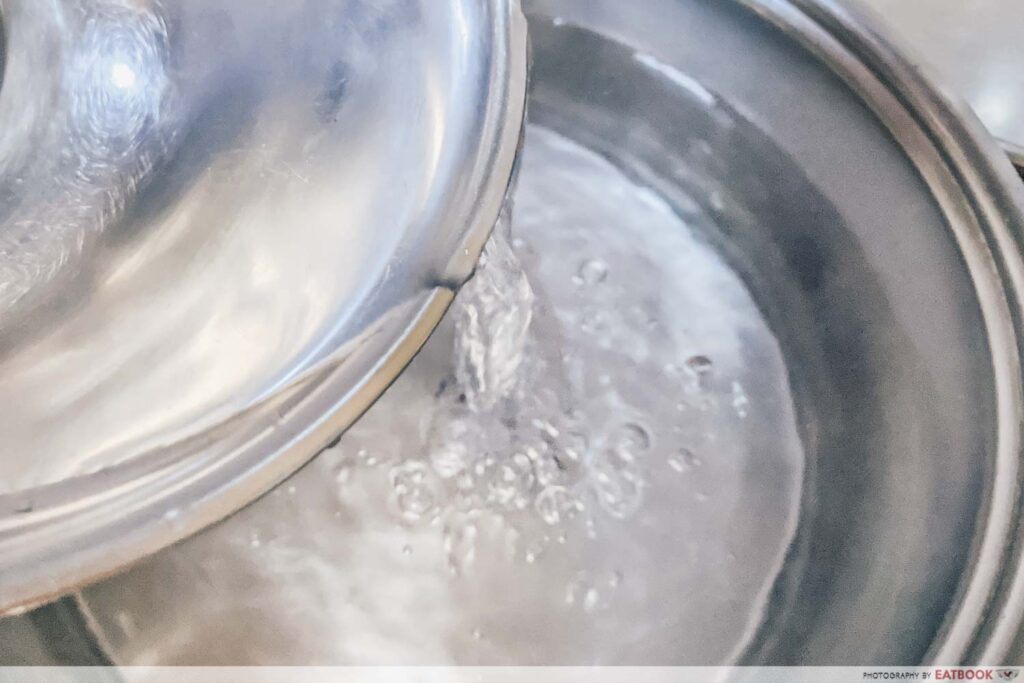
When the water begins to boil, remove the pot from the heat and add an additional cup of room temperature water. This decreases the temperature of the water so that it does not overcook the eggs.

Place cold eggs from the refrigerator into the pot and cover with a lid. Let the eggs cook for 16 minutes. There’s no need to stir them, simply let them sit inside the enclosed area and enjoy a nice and lengthy bath.
Remove the eggs from the pot and serve immediately. You can choose to enjoy them over a warm bed of rice or eat it as is with a dash of shoyu.
Yield: Serves 2
Cooking time: 20 minutes
Ingredients:
2 eggs, room temperature
Water, enough to cover eggs by 3cm
Directions:
- Fill a pot with water and bring it to a boil.
- Remove the pot from the heat and add an additional cup of room temperature water.
- Add in the eggs and cover the pot with a lid. Let the eggs cook for 16 minutes.
- Remove the eggs from the pot and crack over a warm bed of rice.
Easy boiled egg recipes for everyone
My favourite part of boiled eggs is how nutritious and healthy they are. There’s no need for loads of oil or heavy seasoning. Instead, the gentle cooking process draws out the natural flavours of the eggs that make them extremely addictive.
If you’re on the hunt for more cooking recipes, be sure to check out these easy-to-make Milo and famous dishes recipes!
10 Easy Recipes For Famous Dishes Such As McGriddles And Famous Amos Cookies That You Can DIY
Photos taken by Suphon Liao, edited by Kerrianne Goh.

Drop us your email so you won't miss the latest news.

